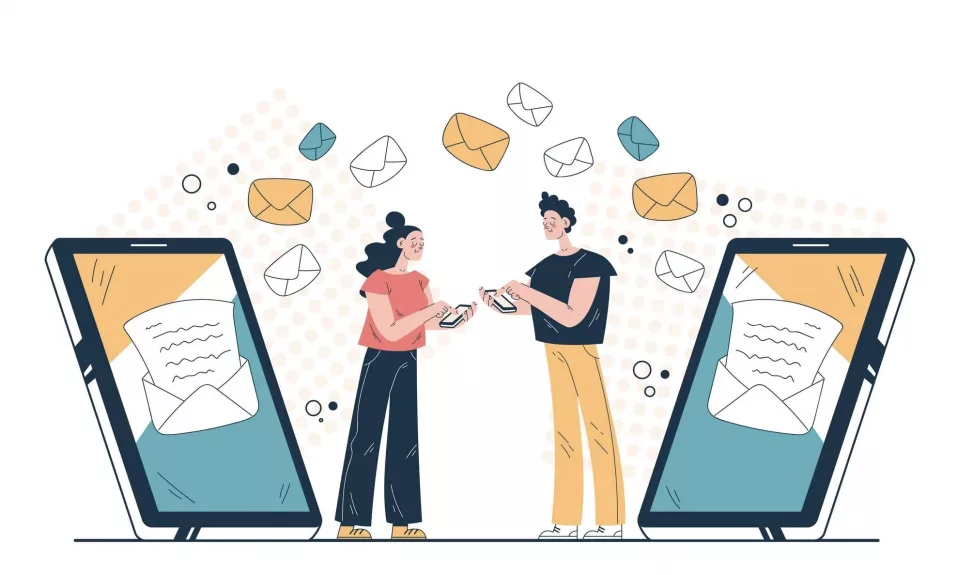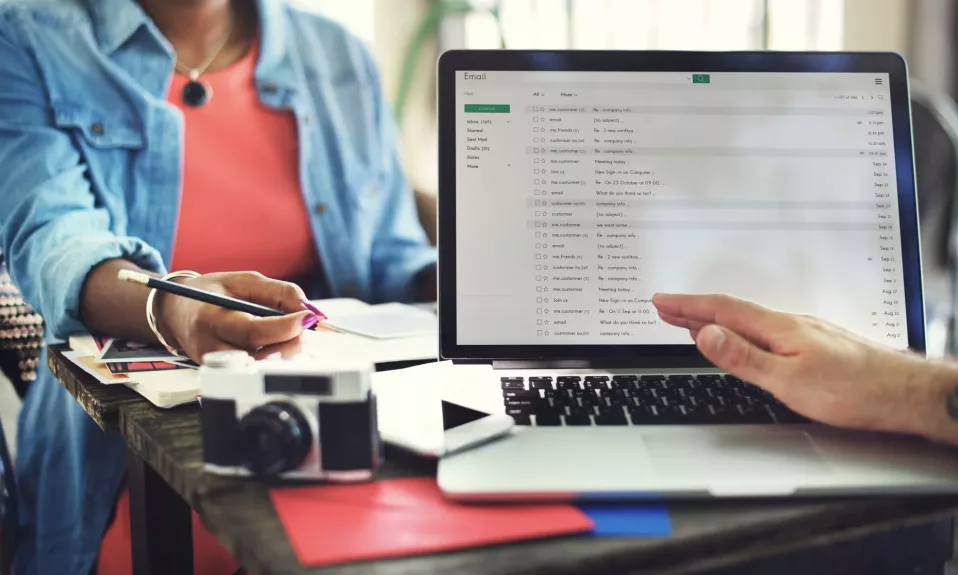When done right, bulk emails can be an incredibly powerful marketing tool for reaching a large audience in just minutes. However, you need to ensure that your messages land in the recipient’s inbox and not their spam folder. In this comprehensive guide, we’ll explore eight essential tips to prevent your bulk emails from ending up as spam while also taking a look at why it happens in the first place.
Understanding Why Emails End Up in Spam Folders
There are several factors that cause emails to be misidentified as spam. By understanding these issues, you can take necessary steps to improve the deliverability of your bulk email campaigns.
1. Sending Emails Without Permission
The most effective way to avoid landing in spam folders is by obtaining permission to contact your recipients. This demonstrates respect for their privacy and ensures you’re only connecting with those genuinely interested in hearing from you. Violating the CAN-SPAM Act and other regulations could result in substantial fines, so make sure you follow the rules set by major email marketing platforms like EmailOctopus.
Tip: Implement an opt-in form on your website to request permission before sending any emails.
2. Failure to Maintain Recognizable Branding
If subscribers report your email as spam, it will be flagged as such by ISPs – regardless of whether it was actually spam. To avoid this issue, include clear branding within your emails and refresh subscriber memories if they haven’t heard from you in a while. Send reactivation emails explaining who you are, the reason for your absence, and your future email schedule.
Tip: Ask subscribers if they still want to receive emails from you and provide them the option to unsubscribe.
3. Issues with Engagement Rates
Low email open rates or a high number of deleted emails can put you at risk of being flagged as spam. To increase your engagement, focus on writing captivating subject lines, schedule emails for optimal times, and segment your contact list.
Ensure Inbox Delivery: How to Send Bulk Emails the Right Way
Your goal should be to send bulk emails to valid recipients who are likely to engage with your campaigns. A clean list of engaged contacts is key to improving your inbox placement rate.
- Trim Your Contact List: Remove inactive subscribers by sending a final email asking if they are still interested in hearing from you. This can help clear out potential spam reporters.
- Clean Older Lists: Before launching a new campaign using an old contact list, ensure it’s free of duplicate entries, which could cause recipients to mark you as spam. Email marketing tools like EmailOctopus can automatically remove duplicates for you.
- Avoid Misleading Subject Lines: Using deceptive language or spammy keywords like “free,” “dollars,” “100% off,” or “order limited” can trigger spam filters. Be honest and appealing in your subject lines without misleading your recipients.
Include a Valid Business Address
Adding a legitimate physical address to your email footers builds credibility and trust while also adhering to regulations. If you work remotely and don’t wish to disclose your home address, consider obtaining a PO box dedicated to your business.
Use Accurate “From” Information
Using false or misleading “from,” “reply-to,” or “to” information is against the rules and can negatively impact your campaign. Ensure your recipients know who the email is from by using recognizable sender information.
Tip: Avoid frequently changing the “from” info, as it can create confusion for your subscribers.
To maximize the impact of your bulk email campaigns and safeguard them from spam filters, follow these best practices for obtaining permission, maintaining engagement, and sending targeted messages to valid contacts. By doing so, you’ll increase open and click-through rates, improve the effectiveness of your emails, and ultimately boost your ROI on this powerful marketing strategy.










